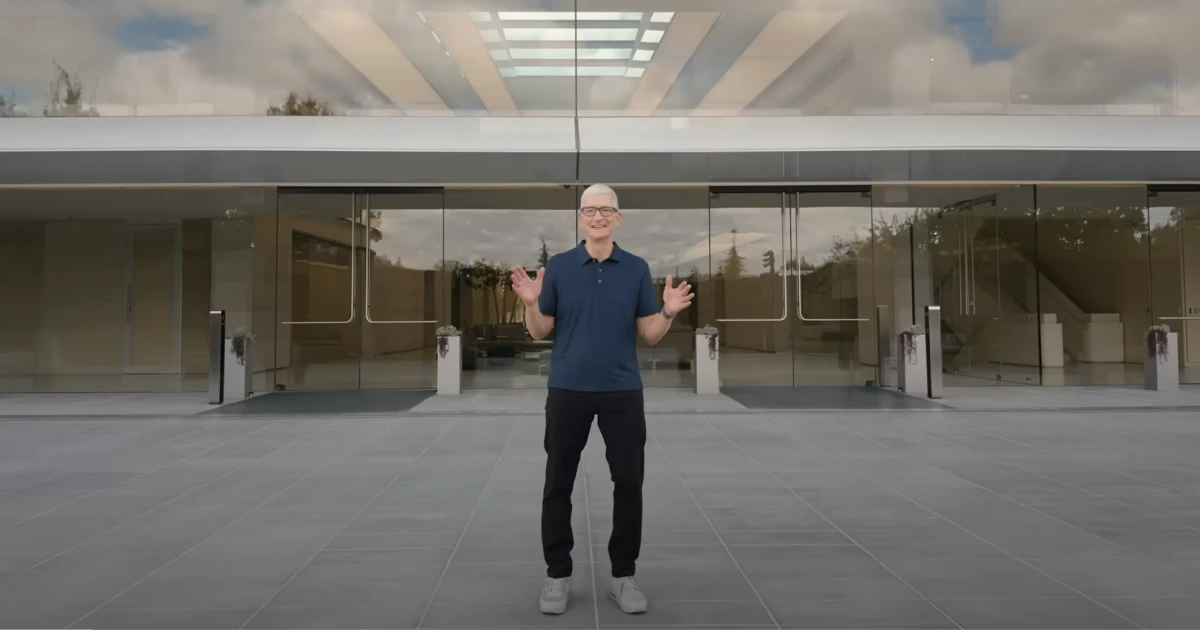Google said it has achieved carbon neutrality for its global operations ever since 2007, and its target for bringing its supply chain and data centers to a net zero gas emissions by 2030 is one of the main focuses.
The company has a wide range of CSR actions through which they tackle the need to make the world a better place. Ever since its incorporation back in 1998, Google built itself on the premise that companies can exist without doing anything harmful to society or the environment. Now, even if they are making efforts to stick to this premise, the supply chain of the company still has a long way to go until reaching a net zero carbon footprint.
On the company’s sustainability website, we can see the carbon emissions of both Google services and its suppliers are a priority -“We’re committed to minimizing our environmental impact and improving the lives of all people who make our products. We expect the highest ethical standards throughout our supply chain and promote meaningful social change at supplier sites and nearby communities.”
Renewable energy sources and optimal energy consumption are among the top priorities on Google’s agenda for the following years.
It’s pretty straightforward how Google makes its buildings greener and more sustainable by making sure the only source of energy used inside the buildings is powered by eco-friendly power sources. The company is known as the largest buyer of renewable energy in the world, with over 20% of its 2020 budget for CSR being allocated toward solar energy developments in the first year.
CSR at Google seems to be deeply rooted in its corporate culture as well, with the company being increasingly known for its employee job satisfaction.
When you get a job at Google, you know you are in for a good ride, or at least as pleasant as it can be. The company considers its employees extraordinarily important both for the company’s success as well as for its corporate social responsibility. People that work in the company are going every day into what can be called playgrounds for grown-ups, a design strategy that highly benefits the creative spirit of every team member.
Employees are encouraged to allocate 20% of their job time to side projects outside their direct job requirements. The culture of competitive salaries and bonuses is contributing enormously to employee satisfaction as well as implicitly to Google’s success.
Also, Alphabet is trying to promote sustainability by involving its consumers in the process.
We heard Kate Brandt, CSO at Google, say that “We see individuals as a piece of the puzzle. If we can show them what are the most meaningful actions and make that an easy choice, a better choice, a cheaper choice, that is hugely beneficial.” This statement tackles an aspect that a lot of the Big Tech companies fail to take into consideration, and that is the carbon footprint that their consumers are responsible for using their products and services.
For example, Google has implemented a new feature in the Google Maps app interface that offers users insights into the best route to use in terms of carbon emissions. Also, Google Flight provides information into what is the total carbon footprint of a specific flight or road and lets consumers make more informed decisions. While this might not seem like much, it certainly is. By its Google Maps eco-friendly routes feature, the company communicated the importance of it until now as equal to taking 100.000 fuel vehicles off the roads.
We are looking forward to seeing the positive impact that Google’s CSR policies will have on the environment and society as a whole. One thing is sure, the company has a CSR culture that is deeply rooted inside into the everyday life of the company. Focusing on bringing a positive aspect to the users and, after that, to their whole stakeholder list comprising employees, advertisers, investors, and governments, the efforts at Google to shape the society of tomorrow are creating a positive outlook.















